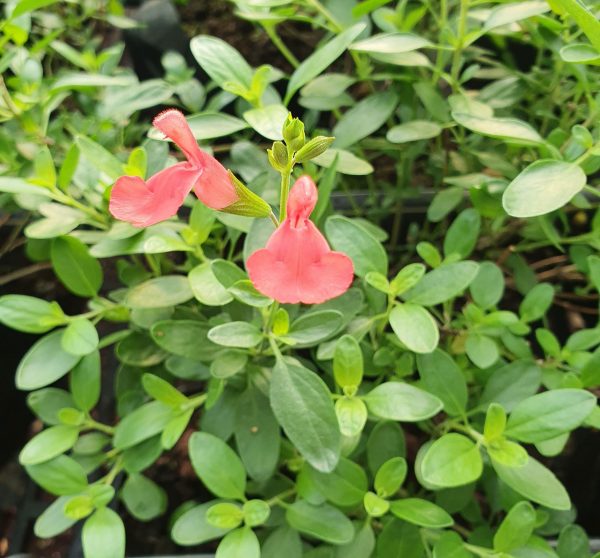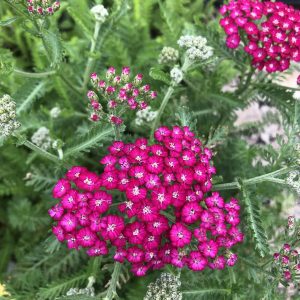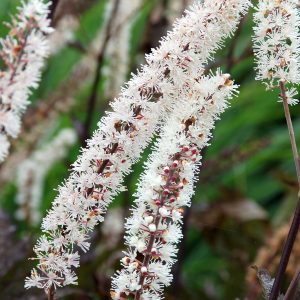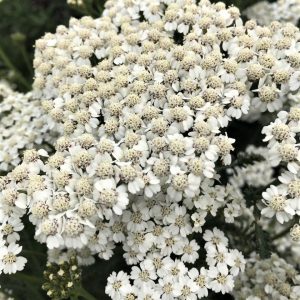Salvia ‘Apricot Spring’
£6.45
An upright, shrubby perennial with aromatic, mid-green leaves. Spikes of apricot-peach flowers from mid-summer to early autumn. Height 50cm. Spread 40cm. Full sun/partial shade. Hardy. Attracts bees.
Description
Salvia ‘Apricot Spring’ is a compact, shrubby perennial known for its aromatic, mid-green foliage and upright spikes of warm apricot-peach flowers. Blooming from mid-summer to early autumn, this hardy variety reaches around 50cm in height and spreads to 40cm, making it a superb choice for borders, containers, and pollinator-friendly gardens.
PLANTING and AFTERCARE GUIDE
Best Planting Time
- Spring: The ideal time to plant Salvia ‘Apricot Spring’ is in early to mid-spring when the soil is workable and beginning to warm. This encourages strong root development ahead of the flowering season.
- Autumn: Planting in early autumn is also effective, allowing the roots to settle in well before winter. This head start supports better growth in the following season.
Site Selection
- Sunlight: Salvia ‘Apricot Spring’ performs best in full sun but will tolerate partial shade. For optimal flowering and vibrant foliage, aim for a location with at least six hours of direct sunlight per day.
- Soil: This variety requires well-drained soil. Salvia ‘Apricot Spring’ does not like to sit in wet ground, so amending the planting area with compost or grit will improve drainage and encourage healthier growth.
Planting Instructions
- Prepare the Site: Dig a hole twice as wide as the root ball and just as deep. This gives Salvia ‘Apricot Spring’ plenty of room for its roots to establish.
- Improve Soil: Mix in well-rotted compost or organic matter to boost soil nutrients and drainage.
- Planting: Place Salvia ‘Apricot Spring’ in the hole so that the top of the root ball is level with the surrounding soil. Backfill gently and firm down the soil to eliminate air pockets.
- Water In: Water thoroughly after planting to help the roots settle. Ensure good drainage to avoid root rot.
Watering Requirements
- Active Growth Period: Once established, Salvia ‘Apricot Spring’ is moderately drought-tolerant. Water during dry spells but allow the soil to dry slightly between watering.
- Dormancy: In colder months or during dormancy, reduce watering significantly. Only water if conditions become exceptionally dry.
Feeding
- Spring Feeding: Apply a balanced, slow-release fertiliser in spring to promote strong growth and flower production.
- Mid-Summer Boost: A light feed during the peak flowering period can encourage continuous blooms and support overall plant health.
Pruning and Deadheading
- Deadheading: Regularly remove faded flowers to extend the blooming period and maintain the tidy appearance of Salvia ‘Apricot Spring’.
- Autumn Cutback: After flowering ends in autumn, cut the plant back to a low framework to help it overwinter and regenerate fresh growth in spring.
Mulching
- Spring: Add mulch around the base of Salvia ‘Apricot Spring’ in spring to conserve moisture and suppress weeds. Use organic matter such as bark or compost.
- Winter Protection: A winter mulch helps insulate the roots against cold snaps and prevents frost damage.
Supporting the Plant
- Staking: Salvia ‘Apricot Spring’ usually holds its form well, but if planted in exposed areas, consider light staking to prevent wind damage during blooming.
Final Tips
Salvia ‘Apricot Spring’ is a low-maintenance, pollinator-friendly perennial that brings long-lasting colour and gentle fragrance to the garden. By planting it in a sunny, well-drained spot and following this simple care routine, you’ll enjoy masses of apricot-toned blooms from midsummer into early autumn. Whether used in borders, containers, or wildlife gardens, Salvia ‘Apricot Spring’ is an easy way to add warmth and elegance to your outdoor space.
Additional information
| Pot Size |
|---|








Reviews
There are no reviews yet.